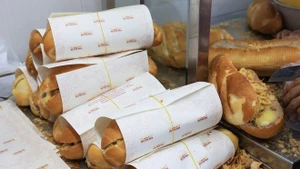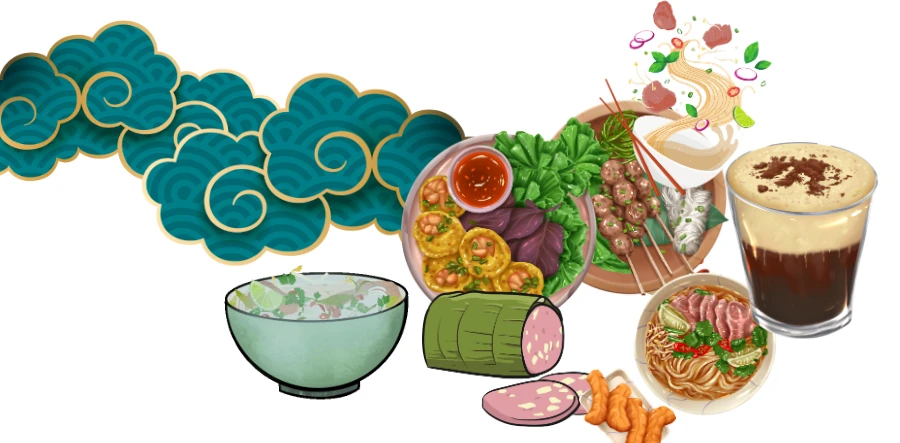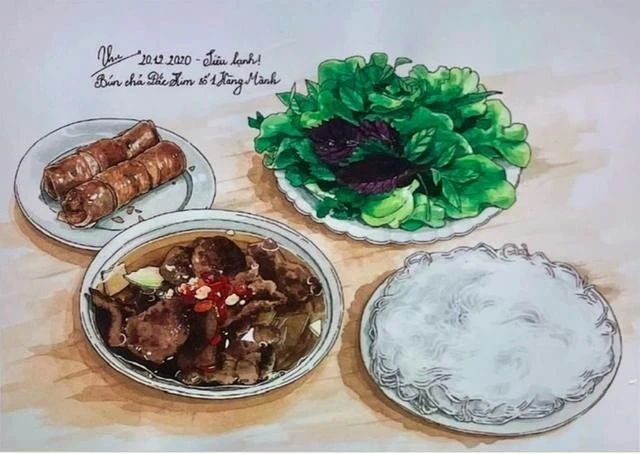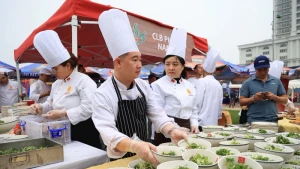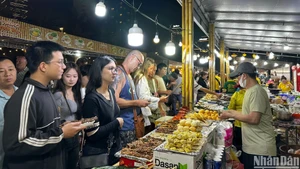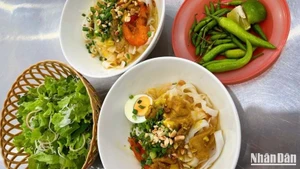In its description, Google hailed banh mi as a smorgasbord of flavours that represents a true melting pot of cultures and ingredients alike.
Some accounts posit banh mi’s humble beginnings in the late 1950s street stalls of noisy alleys in Saigon, now Ho Chi Minh City, but an official origin story is yet to be verified.
A traditional banh mi consists of crispy and airy bread packed with a meat of choice (such as pork pâté, gio lua (Vietnamese pork sausage), Vietnamese cold cuts, or meatballs), sweet, crunchy veggies and herbs (pickled radishes, carrots, and cilantro), a spread of mayonnaise or margarine, and savoury soy sauce, finally topped with chili sauce or peppers.
In current times, one can find countless spin-offs of banh mi in street stands, markets, and restaurants across the world.
Together with pho, banh mi has been an iconic dish representing Vietnamese cuisine and has won the favour of eateries worldwide over the past few decades. The baguette has been introduced in many foreign newspapers, TV food shows, travel shows, food blogs, and social media.


